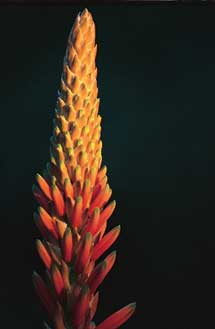Landscape Photography In Natural Light
Along with composition, the quality of light is perhaps the most important factor affecting the success of a landscape photograph. Whilst composition can be completely controlled, good quality light on the other hand cannot. We can however control the direction of the light and therefore use the optimum angle of light to enhance the appearance of our main subject and ultimately the success of our landscape photograph. There are four main types of lighting; top, side, front and back lighting. Consider how your envisaged scene will appear under each type of lighting and then choose which type of lighting will best portray your subject and shoot at the specific time and in the specific position to capture your subject in this light.
Occurring during the middle hours of the day:
Top Lighting
Generally speaking for landscape photography, top lighting is to be avoided as it does not cast any shadows and therefore does not convey texture, form and shape which are so important to emulate dimension in a landscape photograph. The only exception to using top lighting is when you wish to capture water at its most turquoise colour which occurs when the sun is positioned directly above.
Occurring leading-up to sunset and a short time after sunrise:
Front LightingSimilar to top lighting front light also does not produce texture, form and shape and even worse your shadow will more than likely appear in the scene. Try and avoid this lighting in any situation.
Back-lighting


